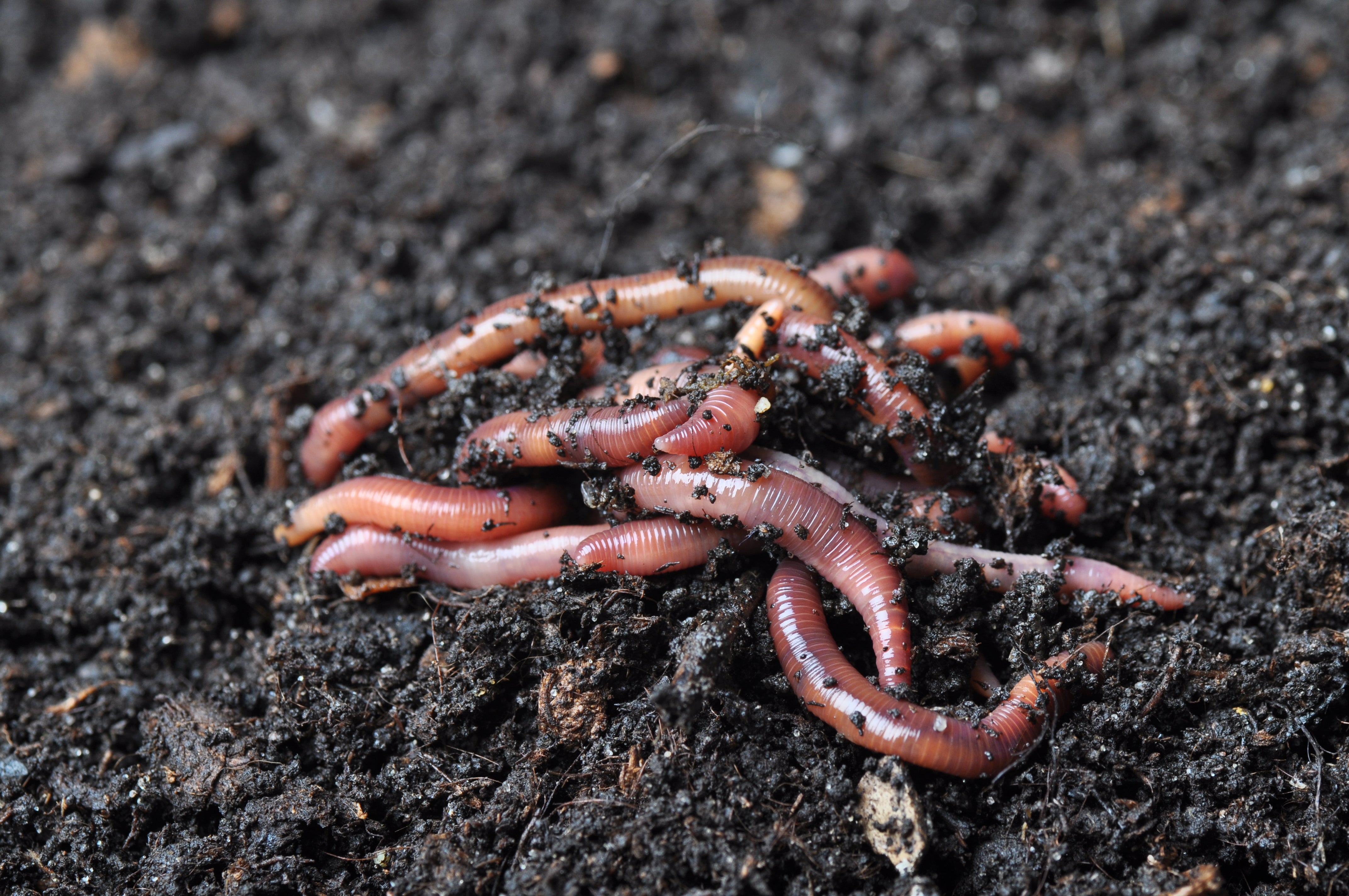Discover Why Lake Hickory Bait is the Best Choice for Lawn Care Solutions
Wiki Article
Open the Tricks of Red Wigglers: Your Overview to Composting Success
The integration of red wigglers into composting methods offers a significant opportunity for boosting dirt wellness and promoting sustainability. Recognizing their requirements and behaviors is essential for maximizing their possibility, from establishing up an appropriate worm bin to feeding them the ideal products.
What Are Red Wigglers?
(Lake Rhodhiss Bait)Red wigglers, clinically understood as Eisenia fetida, are a types of earthworm mostly used in composting because of their amazing capacity to decay raw material effectively. These worms are identified by their reddish-brown coloration and a segmented body, commonly measuring in between 3 to 4 inches in size. Unlike other earthworm types, red wigglers thrive in abundant, organic settings, making them excellent for vermicomposting systems.Indigenous to The United States And copyright, they are frequently located in decaying leaves and compost heap, where they play a crucial duty in nutrient recycling. Their adaptation to residing in a damp, cardiovascular environment allows them to take in huge quantities of organic waste, simplifying right into nutrient-rich castings that boost dirt wellness.
Red wigglers reproduce quickly, with a solitary worm with the ability of producing numerous cocoons every week, each including multiple hatchlings. This rapid recreation rate adds to their performance in composting procedures. They choose temperature levels in between 60 ° F and 80 ° F, and their task degree increases substantially within this array, more helping in the disintegration process. Recognizing the biology and behavior of red wigglers is crucial for maximizing their capacity in composting applications.
Advantages of Making Use Of Red Wigglers
Harnessing the power of red wigglers in composting uses various benefits that boost dirt health and advertise sustainable waste administration. These exceptional organisms successfully break down raw material, changing kitchen scraps and lawn waste right into nutrient-rich vermicompost. This completed product is exceptionally beneficial for plant growth, as it improves soil structure, increases moisture retention, and improves nutrient schedule.
(Red Wiggler Express)In addition, the presence of red wigglers in your composting system can speed up the composting process, producing top notch garden compost in a portion of the time contrasted to typical techniques. The spreadings produced by these worms are also bristling with valuable microorganisms that further enhance the soil ecological community.
Establishing Up Your Worm Container
Developing a reliable worm container is a straightforward procedure that can substantially enhance your composting efforts. The very first step is picking an ideal container. Worm containers can be made from plastic storage space bins, wood boxes, or readily readily available worm containers. Ensure the container has appropriate drainage and ventilation openings to preserve optimum wetness degrees and air movement.Following, prepare the bedding material, which acts as the worms' habitat. A mix of shredded newspaper, cardboard, and coconut coir works well, offering a comfortable atmosphere for the worms. Go for a bed linen depth of concerning 4-6 inches. Dampen the bed linens lightly, ensuring it appears like a damp sponge without excess water merging at the bottom.

Feeding Your Red Wigglers
To guarantee the health and wellness and efficiency of your red wigglers, it is necessary to supply them with a balanced diet regimen that satisfies their nutritional requirements. Red wigglers flourish on a diverse range of natural materials, which not only provide required nutrients but likewise promote effective composting.Beginning by incorporating kitchen scraps such as veggie peels, fruit cores, and coffee premises. Stay clear of citrus fruits, onions, and garlic, as these can be detrimental to worm health and wellness. Furthermore, introduce shredded paper, cardboard, and dry leaves to create a well-aerated environment.
Feeding regularity ought to be kept track of; usually, worms can take in half their body weight in food weekly. It is important to prevent overfeeding, as excess food can result in unpleasant smells and bring in pests. An excellent technique is to include food in tiny amounts, allowing worms to refine it before presenting a lot more.
Maintaining dampness degrees is likewise vital; the bed linen ought to be wet yet not soaked. Last but not least, make certain to regularly check the temperature level and pH levels of the bin to make certain an ideal setting for your red wigglers, inevitably enhancing their composting effectiveness.
Harvesting and Making Use Of Compost
A successful composting process with red wigglers culminates in the abundant, dark compost called vermicompost, which can substantially boost soil health and wellness and plant development. Harvesting this nutrient-dense product generally happens every three to six months, depending on the dimension of your system and the quantity of organic issue being processed.
To harvest, delicately separate the compost from the worms and any kind of undecomposed products. One effective technique entails relocating the materials of the container to one side and adding fresh bedding and food to the void, motivating the worms to move. After a couple of days, the garden compost can be collected from the opposite side.
It is necessary to utilize vermicompost correctly to maximize its advantages. By integrating vermicompost into your horticulture routine, you not only reuse read the article natural waste yet also create a thriving ecosystem that supports lasting gardening methods.
Final Thought
In recap, red wigglers serve as extraordinary allies in composting initiatives, transforming organic waste into nutrient-rich vermicompost. By recognizing the ideal problems for their environment, feeding requirements, and garden compost harvesting methods, gardeners can improve soil health and promote plant vigor.Report this wiki page